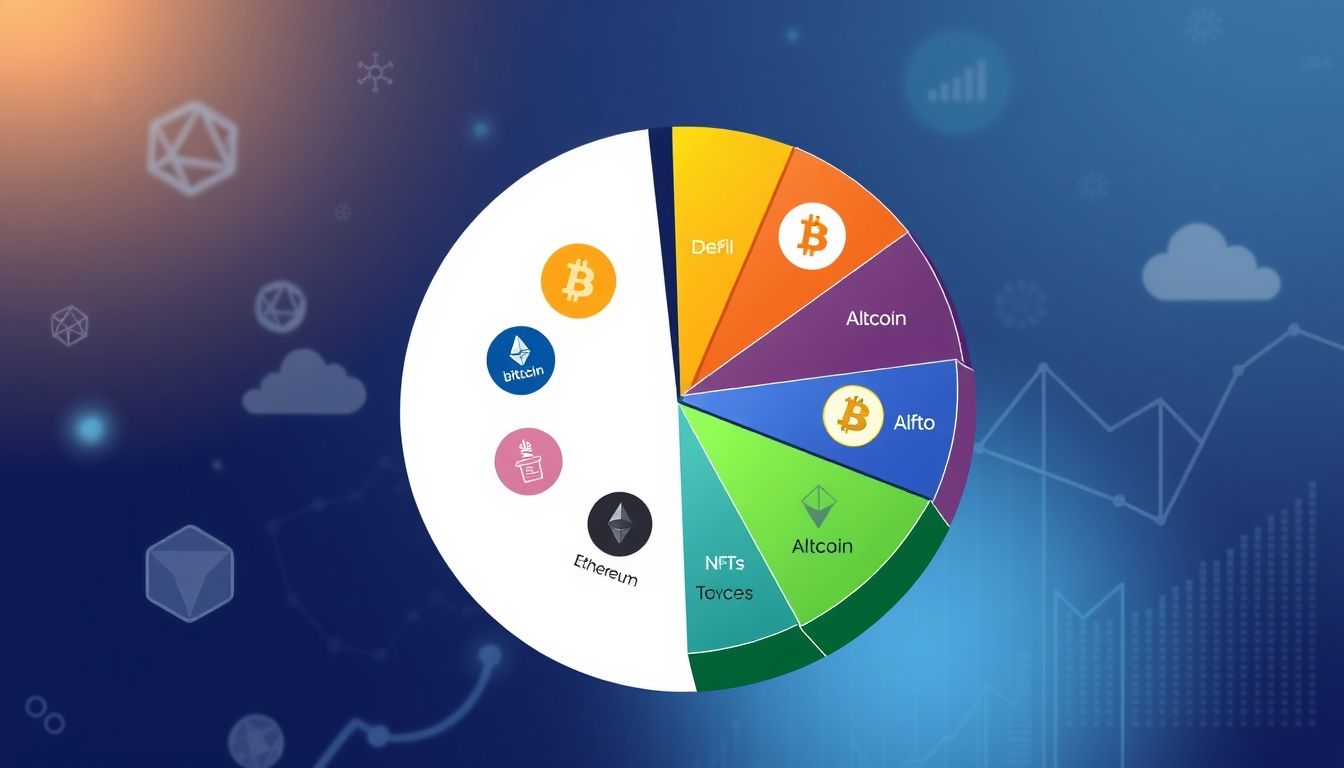Introduction: The Future of Cryptocurrency Investment
The cryptocurrency market has experienced tremendous growth in recent years, making it an attractive option for investors seeking high returns. However, the extreme price volatility makes it necessary to carefully select cryptocurrencies for long-term investment. This article provides a comprehensive analysis of the best cryptocurrencies to invest in 2024, focusing on the fundamental factors that determine the long-term success of a project.
Chapter 1: Criteria for Selecting Cryptocurrencies for Long-Term Investment
Before diving into the list of recommended cryptocurrencies, it is essential to define the criteria that should be considered when choosing a long-term investment:
- Market Capitalization: A high market capitalization indicates that the cryptocurrency is more stable and less susceptible to manipulation.
- Underlying Technology: The cryptocurrency should be supported by robust and innovative technology that solves a real-world problem.
- Founding Team: The founding team should have extensive experience in technology and finance.
- Adoption and Usage: The cryptocurrency should have a growing user base and real-world use cases.
- Legal Regulation: The cryptocurrency should comply with the applicable legal regulations in various countries.
Chapter 2: Bitcoin (BTC): The Pioneer of Cryptocurrencies
Bitcoin remains the leading cryptocurrency in the world and is considered a store of value for many. Despite price fluctuations, Bitcoin has proven its resilience in the long term. Some consider the Ordinals technology a positive turning point, while others see it as increasing transaction costs.
Pros of Bitcoin:
- Global recognition and high liquidity.
- Store of value (Digital Gold).
- Strong decentralized network.
Cons of Bitcoin:
- Price volatility.
- Relatively high transaction costs.
- Slower transaction speed compared to other cryptocurrencies.
Example: In 2023, Bitcoin experienced a significant price increase, driven by the potential approval of Bitcoin Exchange Traded Funds (ETFs).
Chapter 3: Ethereum (ETH): The Smart Contract Platform
Ethereum is the second-largest cryptocurrency by market capitalization and is considered a leading platform for smart contract applications and decentralized finance (DeFi). The recent Ethereum 2.0 update allows for increased network efficiency and reduced energy consumption.
Pros of Ethereum:
- Leading platform for smart contracts and DeFi.
- Large and active developer community.
- Continuous improvements to the network.
Cons of Ethereum:
- High transaction fees (Gas Fees) at times.
- Complexity of developing applications on the network.
- Increasing competition from other smart contract platforms.
Example: The DeFi sector on the Ethereum network boomed in 2021, leading to increased demand for the ETH cryptocurrency.
Chapter 4: Solana (SOL): Speed and Efficiency
Solana is a fast and cost-effective blockchain platform and is considered a strong competitor to Ethereum. Solana is characterized by its ability to process thousands of transactions per second.
Pros of Solana:
- High transaction speed.
- Low transaction fees.
- Innovative technology.
Cons of Solana:
- Relative centralization compared to Ethereum.
- Network outage issues at times.
- Reliance on a small number of validators.
Example: Solana experienced significant growth in 2021, driven by the popularity of NFT (Non-Fungible Token) projects on the network.
Chapter 5: Cardano (ADA): Scientific Research and Development
Cardano is a blockchain platform based on scientific research and development and is characterized by its systematic approach to network development. Cardano focuses on sustainability, scalability, and security.
Pros of Cardano:
- Scientific approach to development.
- Focus on sustainability.
- Strong community.
Cons of Cardano:
- Slow pace of development.
- Intense competition from other blockchain platforms.
- Reliance on a small number of key developers.
Example: Cardano launched several major updates in 2022, leading to increased interest in the platform.
Chapter 6: Polkadot (DOT): The Connected Blockchain Network
Polkadot is a blockchain network that enables communication and interaction between different blockchains. Polkadot aims to solve the blockchain fragmentation problem.
Pros of Polkadot:
- Interoperability between blockchains.
- Innovative technology.
- Strong community.
Cons of Polkadot:
- Technical complexity.
- Competition from other blockchain projects that focus on interoperability.
- Difficulty understanding the governance mechanism.
Example: Polkadot saw growth in the number of projects building on the network in 2023.
Chapter 7: Ripple (XRP): Global Payment Solutions
Ripple is a company that provides global payment solutions based on blockchain technology. Ripple aims to facilitate and accelerate cross-border financial transfers.
Pros of Ripple:
- Fast and cost-effective global payment solutions.
- Partnerships with large financial institutions.
- Proven technology.
Cons of Ripple:
- Legal issues with the U.S. Securities and Exchange Commission (SEC).
- Relative centralization.
- Reliance on traditional financial institutions.
Example: The lawsuit filed by the U.S. Securities and Exchange Commission against Ripple has significantly impacted the price of XRP.
Chapter 8: Metaverse Coins
This category includes cryptocurrencies that support metaverse projects, such as Decentraland (MANA) and The Sandbox (SAND). The value of these coins depends on the success of these platforms in attracting users and developers.
Pros of Metaverse Coins:
- Significant growth potential if the metaverse thrives.
- Innovation and experimentation.
- Integration with games and entertainment.
Cons of Metaverse Coins:
- High risk and uncertainty about the future of the metaverse.
- Intense competition between different metaverse projects.
- Reliance on virtual and augmented reality technologies.
Example: Metaverse coins saw a significant price increase in 2021, driven by increasing interest in the metaverse.
Chapter 9: Tips for Long-Term Investment in Cryptocurrencies
- Conduct Thorough Research: Before investing in any cryptocurrency, make sure you understand the underlying technology, the founding team, and potential use cases.
- Diversify Your Investment Portfolio: Don't put all your money into one cryptocurrency. Diversify your investment portfolio to reduce risk.
- Invest for the Long Term: Don't be influenced by short-term price fluctuations. Focus on the long-term potential of the cryptocurrency.
- Be Patient: It may take a long time for your cryptocurrency investments to generate meaningful returns.
- Avoid Greed and Fear: Make rational investment decisions based on research and analysis, not based on emotions.
Chapter 10: Conclusion and Future Outlook
Investing in cryptocurrencies can be profitable in the long term, but it is essential to choose cryptocurrencies carefully and manage risk effectively. Bitcoin, Ethereum, Solana, Cardano, and Polkadot are some of the best cryptocurrencies for long-term investment in 2024. However, investors should conduct their own research and consult a financial advisor before making any investment decisions.
The cryptocurrency market is expected to continue to grow and evolve in the coming years, driven by technological innovation and increased adoption by institutions and individuals. However, investors should be aware of the risks associated with investing in cryptocurrencies, including price volatility and legal regulation.
Disclaimer: This article is for informational purposes only and does not constitute investment advice. Investors should consult a financial advisor before making any investment decisions.




